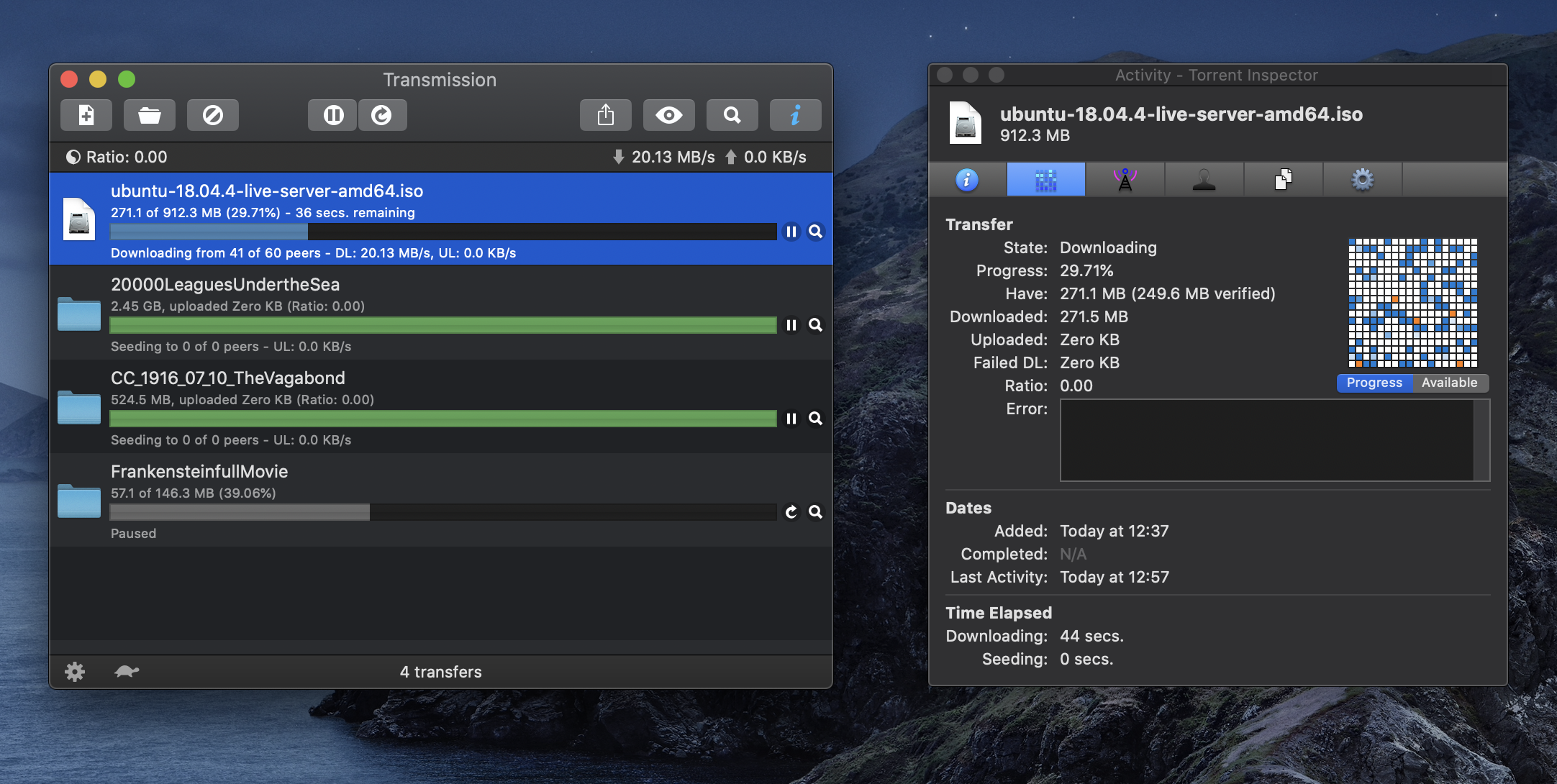
Interestingly, we also observed a strong interaction between sequencing platform and choice of aligner. We found the greatest difference between the platforms at the level of read alignment, a moderate level of concordance at the level of DGE analysis, and nearly identical results at the level of differentially affected pathways.

Specifically, we assessed the hepatic inflammatory response of mice by assaying liver RNA from control and IL-1β treated animals with both the Illumina HiSeq and the Ion Torrent Proton sequencing platforms. Here we employ a standard treatment/control experimental design, which enables us to evaluate these platforms in the context of the expression differences common in differential gene expression experiments. While these comparisons might inform studies of tissue-specific expression, marked by large-scale transcriptional differences, this is not the common use case. Previous investigations of this question have typically used reference samples derived from cell lines and brain tissue, and do not involve biological variability.

Though Illumina has largely dominated the RNA-Seq field, the simultaneous availability of Ion Torrent has left scientists wondering which platform is most effective for differential gene expression (DGE) analysis.


 0 kommentar(er)
0 kommentar(er)
